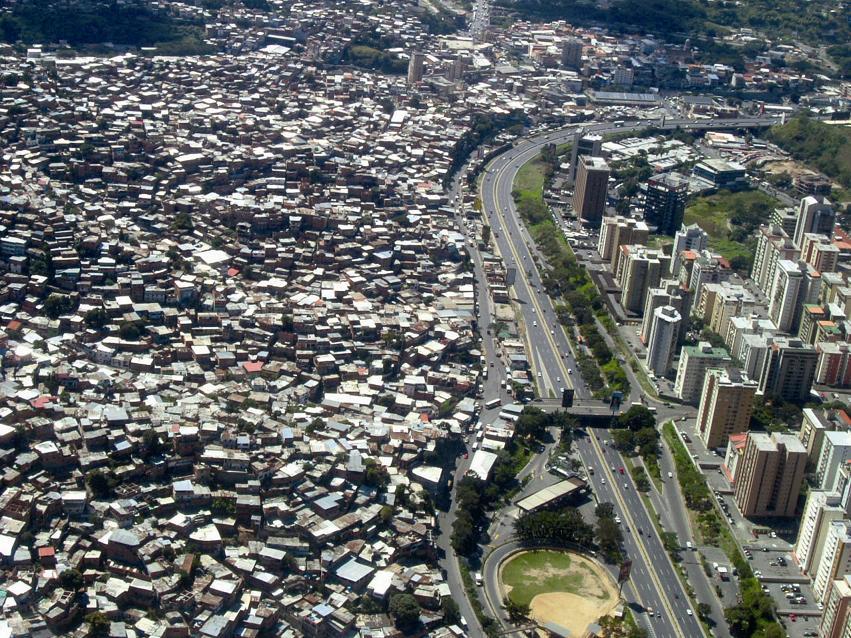Time is Universal

This photograph of Big Ben in London first shows perhaps the most important element in a metropolis, time. Time is universal and the acting force that makes a place into a space. It is the driving force behind the metropolis as fluid entity that is always changing or adapting to its changing inhabitants, whether they be worker drones bogged down in a machine or sub-cultural malcontents trying to be unique or recognized in a city that often renders individuals invisible. Big Ben, or my representation of time, has remained largely unchanged in a global city that that has changed tremendously since Big Ben was first built. Additionally, I purposely chose a blurry shot to help represent the blur of time of time passing and movement within the metropolis and also like a memory becomes blurry over time.








